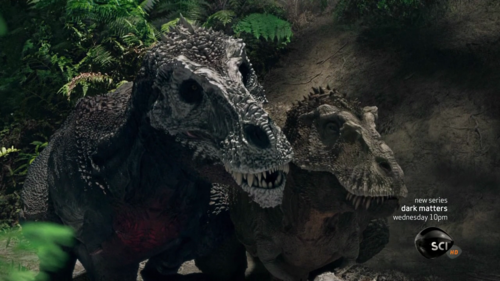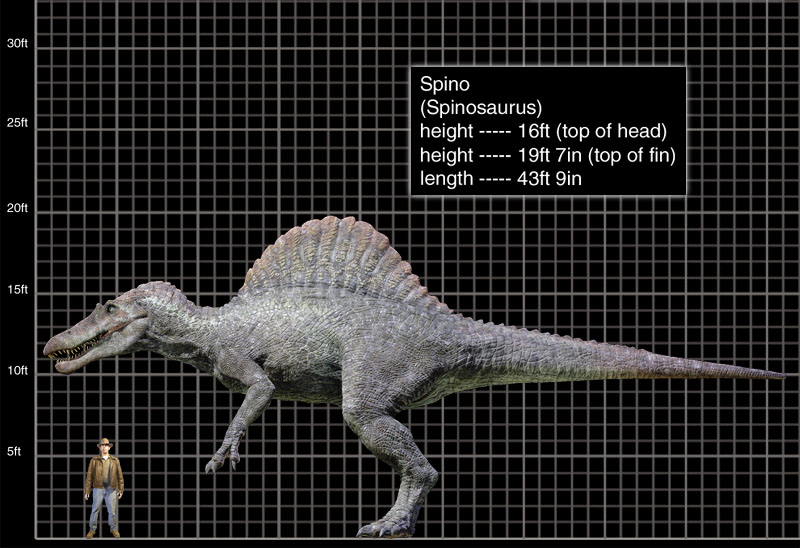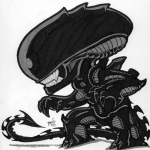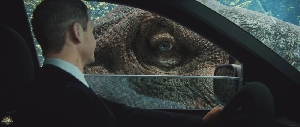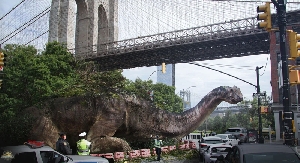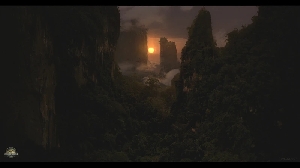Top 5 Dinosaurs That Have Changed Over Time
Dinosaurs Forum Topic

I Meme Everything
MemberAllosaurusJul 9, 201713582 Views15 Replies5. Stegosaurus ungulatus


Stegosaurus is one of the most famous dinosaurs, but very different from how it was shown in older portrayals. It held its tail above the ground rather than dragging it, and it carried its head upright instead of horizontally. The spikes on its tail actually were positioned horizontally instead of upwards, making it a deadly weapon that could injure predators, and Allosaurus agrees. One Allosaurus was impaled in the crotch by a Stegosaurus spike. Ouch. However, I doubt that the thagomiser of Stegosaurus would fare well against larger titanic murder-machines like Tyrannosaurus rex.
4. Diplodocus carnegii


This was among the most lizard-like dinosaurs in the olden days, being portrayed as slow and stupid. It was thought that sauropods like Diplodocus lived underwater, but this has been disproven. It is now thought that they had spikes running down their spine, and a blow from their tail would break the sound barrier.
3. Triceratops horridus/prorsus


Definitely the second most famous and iconic dinosaur, Triceratops is not hard to recognise. Like all dinosaurs, it was shown as slow-moving and lizard-like, but it was larger and faster than previously thought, making the modern Trike more terrifying than older depictions. It was originally thought to have skin like an elephant or rhinoceros, but it actually possessed scales, and even had quills on its back and tail. Originally, this formidable herbivore was thought to charge at opponents like a bull, but this was disproven when it was discovered that the impact of charging would shatter its skull. Instead, Triceratops was more accustomed to stabbing and slashing in close-quarters combat. And in contrast to pop culture, it may have been more of a foe for the king than previously thought, which brings us to the penultimate entry on this list.
2. Tyrannosaurus rex

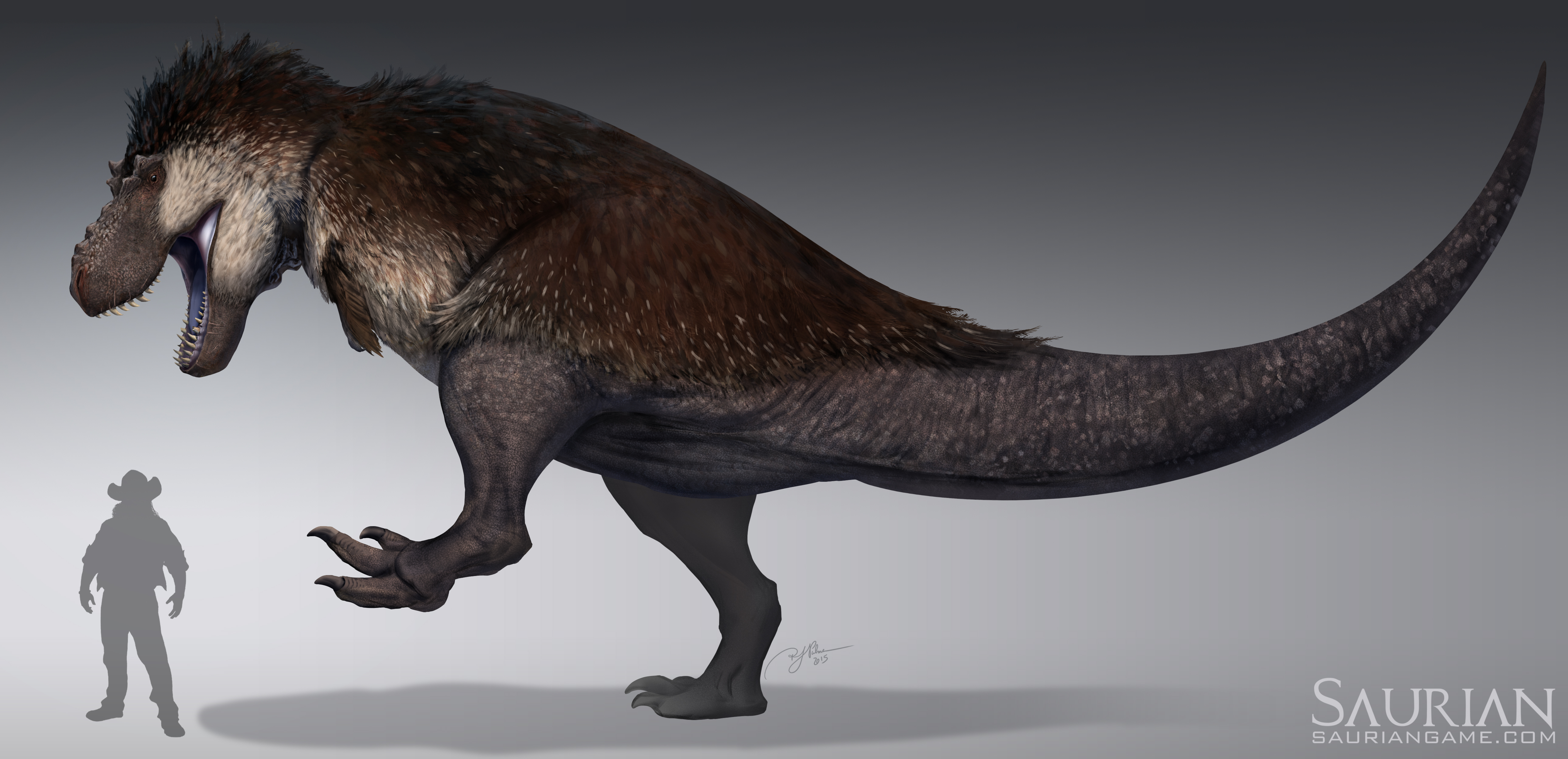
Easily the most famous of all dinosaurs, Tyrannosaurus rex has gone through several drastic changes. At first, it stood upright, dragging its tail on the ground. Like all theropods, it was depicted as a dumb, slow-moving, lizard-like creature and was thought to be related to Allosaurus, classified as a carnosaur. It was also originally shown with three-fingered hands prior to the two seen in modern times. Its small arms were also stronger than previously thought. But as time passed, the Tyrant King only became more terrifying. It was later placed as a coelurosaurian theropod, making it more closely related to dromaeosaurs like Velociraptor. Like all carnivorous dinosaurs, it was later shown walking in a horizontal stance, making for a much quicker and agile animal. Prior to the claims of Jurassic Park, its vision was excellent, allowing for depth perception. It was also shown to be more intelligent than previously thought, being smarter than other theropods of its size such as Giganotosaurus. While old depictions showed T.rex as a solitary predator, new evidence shows that this beast may have hunted in packs. In addition, it was feathered, debunking the image of a scaly, reptilian rex. There is also evidence to suggest that Tyrannosaurus may have been bigger than previously thought--a massive JUVENILE rex measuring forty feet long and fifteen to twenty feet tall was uncovered last year, and it likely would have been forty-five to fifty feet long had it reached adulthood. Add to this a body built like a tank and designed to take extreme punishment, high intelligence compared to theropods similar in size, acute senses that can detect prey from far away, and jaws that can crunch straight through solid bone, and it's easy to see why it's the Tyrant King of the Dinosaurs.
Honourable Mentions:
Allosaurus fragilis


Allosaurus was once thought to be the top predator in the Late Jurassic--however, it has long since been dethroned by the likes of Torvosaurus gurneyi, Epanterias amplexus, and Saurophaganax maximus. And it was thought to bite down on prey like a classic theropod, but instead, it used its upper-jaw like a hatchet, slamming it down onto prey items, creating tremendous shock and heavy blood loss.
Giganotosaurus carolinii

This is one of the cases where an animal is not as big as previously thought. Older estimates put the giant southern lizard at fifty feet long and twelve tons, but this has decreased to around forty feet long and 6.8 to 8.2 tons.
1. Spinosaurus aegyptiacus


Like all theropods, Spinosaurus was first depicted as standing upright in a tripod stance, dragging its tail on the ground. The first appearances of this animal showed what was essentially a giant carnosaur with a semi-circular sail on its back. However, like its fellow theropods, it transitioned to a horizontal posture. Then, it was made famous in Jurassic Park III, where it was shown as a powerful superpredator with an enlongated snout, powerful grasping arms, and a massive body. Around this time, estimates put Spinosaurus at sixty feet long and weighing twenty tons, which would make it the largest terrestrial carnivore. But then in 2014, that all changed. Its length was cut by ten feet, and its weight reduced to less than half. Spinosaurus only became more bizarre--walking on all fours and spending most of its time fishing in rivers. Although the days of Spinosaurus aegyptiacus being a behemoth hyper-carnivore are long gone--it still remains as one of the most bizarre and unique dinosaurs of all time, and my second-favourite.
"Part of the journey is the end..."
Replies to Top 5 Dinosaurs That Have Changed Over Time
Hey Guest, want to add your say?
Are you an avid Jurassic World fan looking for a dedicated online community of likeminded fans? Look no further! Create your own profile today and take part in our forums and gain XP points for all the content you post!



